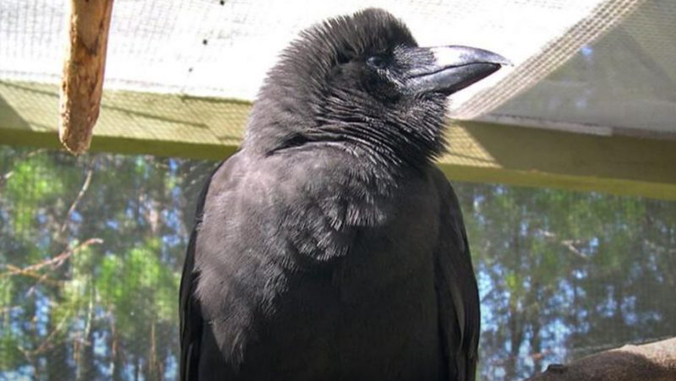
A genetics research team at the University of Hawaiʻi at Hilo released a genome assembly, or set of chromosomes, for the ʻalalā (Hawaiian crow), one of the world’s most endangered bird species. The paper is the cover story of the August 2018 issue of Genes.
Led by biologist Jolene Sutton, an assistant professor at UH Hilo, the research team created a genome assembly that provides critical insights into inbreeding and disease susceptibility of the ʻalalā. The research describes the high-quality reference genome that was generated to assist recovery efforts for the ʻalalā.
The research team also includes Martin Helmkampf, a research scientist with the tropical conservation biology and environmental science program, and Renee Bellinger of the Conservation Genomics Research Group, along with collaborators from the Hawaiʻi Endangered Bird Conservation Program, San Diego Zoo Global and Pacific Biosciences.
“The quality of this assembly places it among the very best avian genomes assembled to date, comparable to intensively studied model systems,” according to a post on the UH Hilo Biology Department News.
Researchers and conservationists are currently using this resource to better understand genetic diversity in the ʻalalā, and to develop tools that will help inform strategic pairings as part of the conservation-breeding program.
For more, read the full article at UH Hilo Stories.
—From UH Hilo Stories
—By Susan Enright

